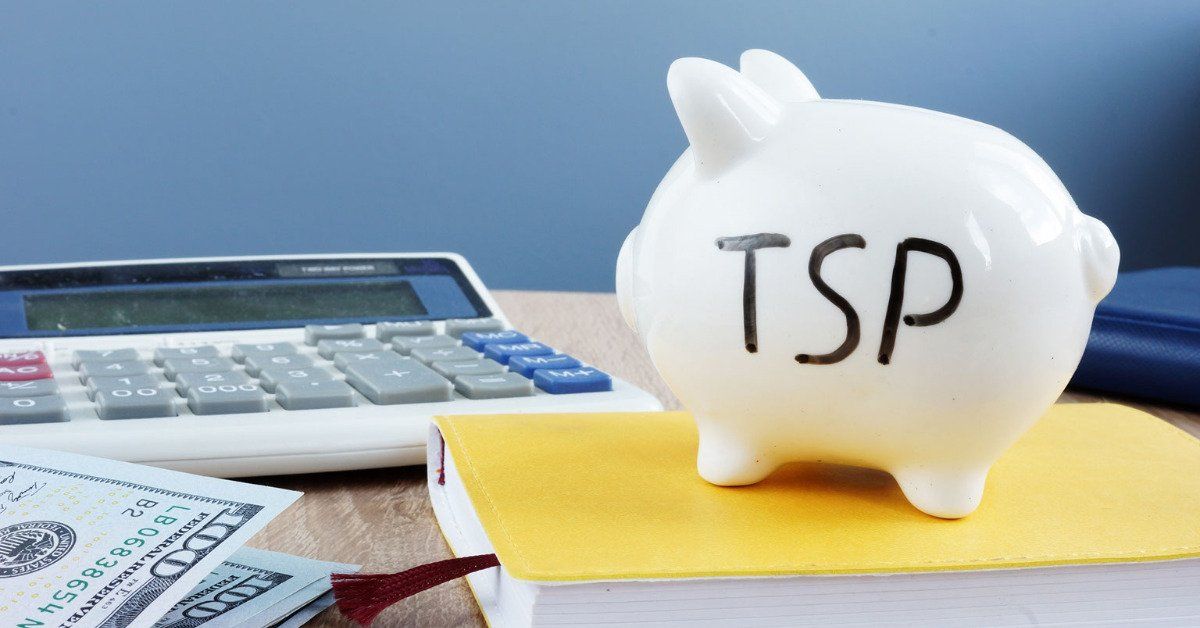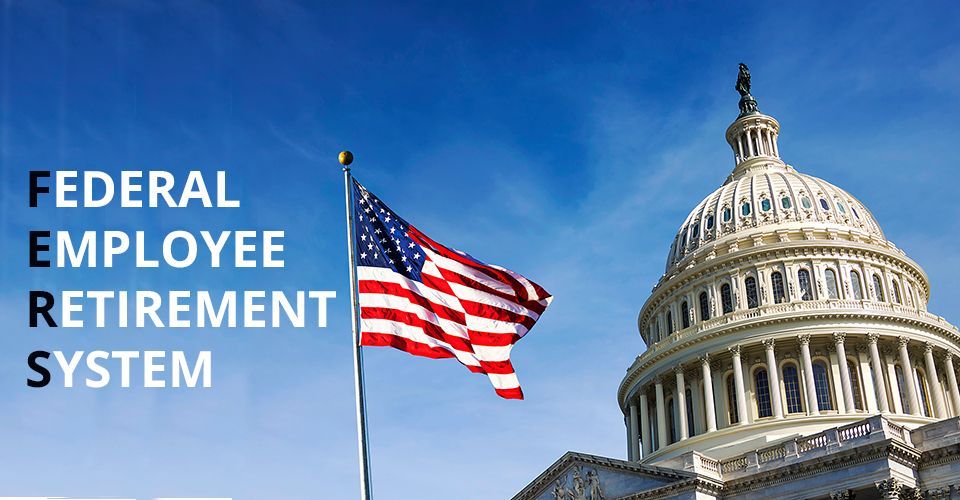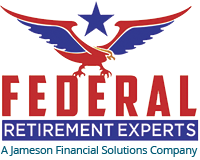Options For Allocating Within the TSP

While working with the Federal Government, you still have quite a bit of control of the funds in your retirement savings account, the Thrift Savings Plan (TSP). You can choose what funds and risk to take, whether to invest pre- or post-tax dollars and even take withdrawals and make rollovers. This article will get you started in understanding your options to prepare for retirement while still working.
The Official TSP Funds
The TSP funds are often referred to by the first letter in their names. Here they are, in order of risk from generally safest to generally most risky:
The G Fund- This fund invests in US Government securities and bonds, and while its growth percentage is historically low, it has always retained investors’ money.
The F Fund- This is a Fixed Indexed fund that follows the bond market in general via the Bloomberg US Aggregate Bond Index. Similarly to the G fund, this low-yield fund is relatively safe. It can, however, register losses.
The C Fund- This fund is where your options begin to enter the US stock market. The “C” or Common Fund is fixed to the performance of the S&P 500, and the risk/reward ratio is the same as the US stock market.
The S Fund- The S Fund is still within the US stock market but is fixed to the Small-cap Dow Jones Industrial Average. Typically a good option for longer-hold timetables, this fund is one of the highest-risk funds offered but has historically gone up over long periods.
The I Fund- The I Fund is fixed to the EAFE Index, investing in the stocks of foreign countries in Europe, Australia, and the Far East. This fund has been historically the most volatile.
The L Funds- You’ll see a variety of L funds available for you. The trick to finding the best one for you is finding the one that corresponds to your planned year of retirement. For example, if you plan to retire around the year 2045, you would opt in for the fund named L2045. The L Funds are best for people not well-versed in managing their own portfolios. The people managing the TSP will automatically allocate increasingly for safety as your retirement year approaches. This fund can lose money.
In general, our clients get the best results from beginning their investments in higher-risk areas, slowly moving to lower-risk funds as they approach retirement. This decision should be based on your risk tolerance, proximity to retirement, and the advice of your retirement professional.
Roth vs. Traditional
Another option is to invest in a Roth TSP or a traditional one. In the conventional TSP, retirement savings and investment money is taken from your paycheck before you pay taxes. This reduces your current tax liability and allows you to immediately put more money toward growing your portfolio. Remember that taxes will need to be paid on this account any time your money is accessed and on any growth you experience once you retire.
A Roth TSP lets you put money into your investment account after it has already been taxed. While you have less to work with upfront, you will have no further tax liability on your principal once you retire. Many people concerned about the possibility of rising tax rates in the future choose this option, but the decision, in the end, is a personal one based on your unique circumstances and goals.
If you are considering a Traditional to Roth conversion, please be aware that taxes will not be removed from the principal you roll over. You would realize the taxes on your year-end tax return, and the amount would need to be paid out of pocket.
Mutual Fund Option
OPM has recently added an option to roll over into a mutual fund. Choosing this option gives you more control over your portfolio but requires you to be subject to fees that do not occur within the TSP funds. These fees can significantly erode your nest egg over time.
Early Withdrawals/Rollover
Once you reach the age of 59 and a half, you become eligible to withdraw or roll over your TSP money into another qualified investment vehicle without tax liability, penalties, or fees. This method gives you the ultimate control over your TSP wealth as you approach retirement.
Our retirement coaches are ready and trained to help you navigate your TSP allocations and rollovers. We will walk you through every step, help you get your paperwork in order, and ensure you have all the information you need to make the best choice for your retirement goals. Fill out this form for an appointment, and a scheduling coordinator will be with you right away.
More Featured Articles









